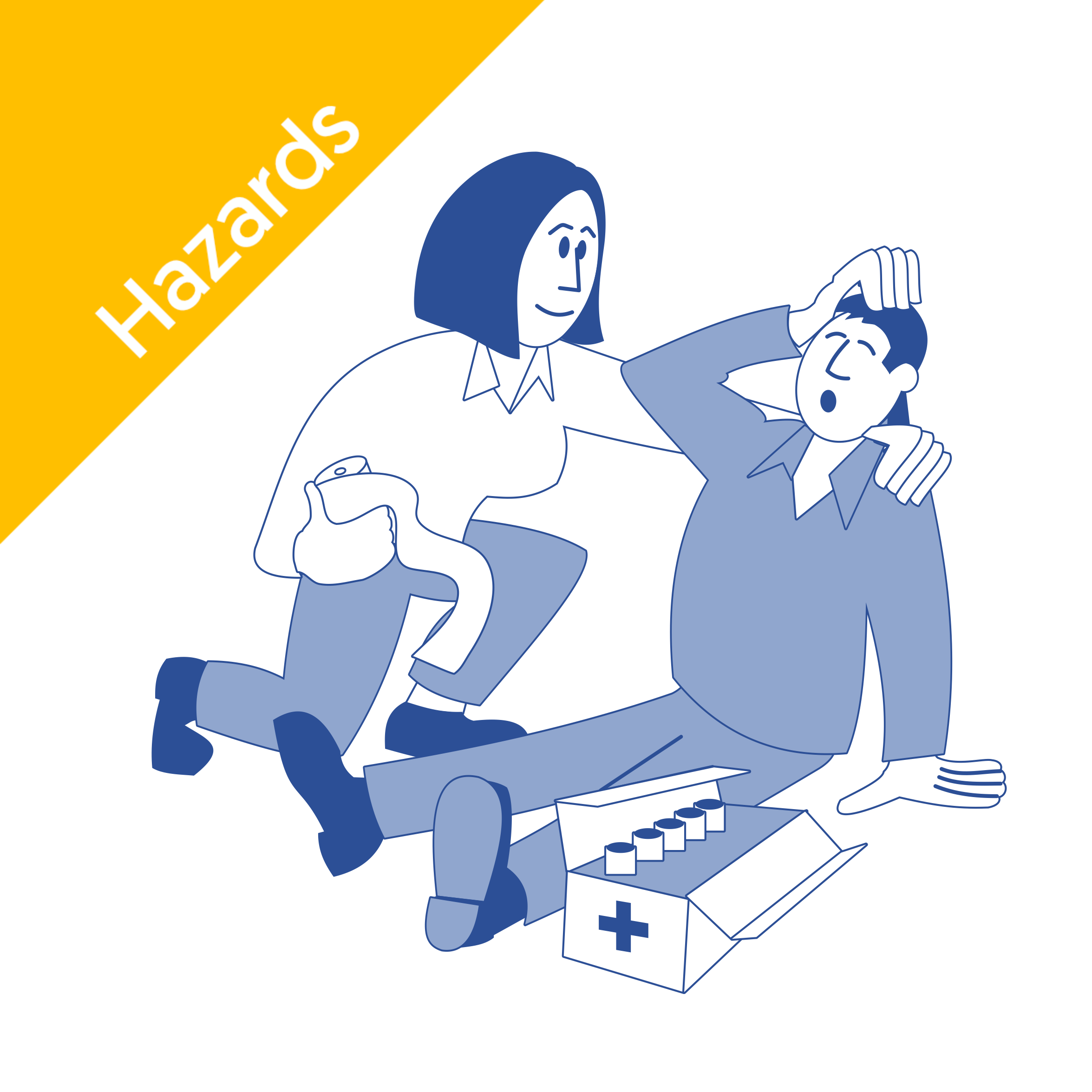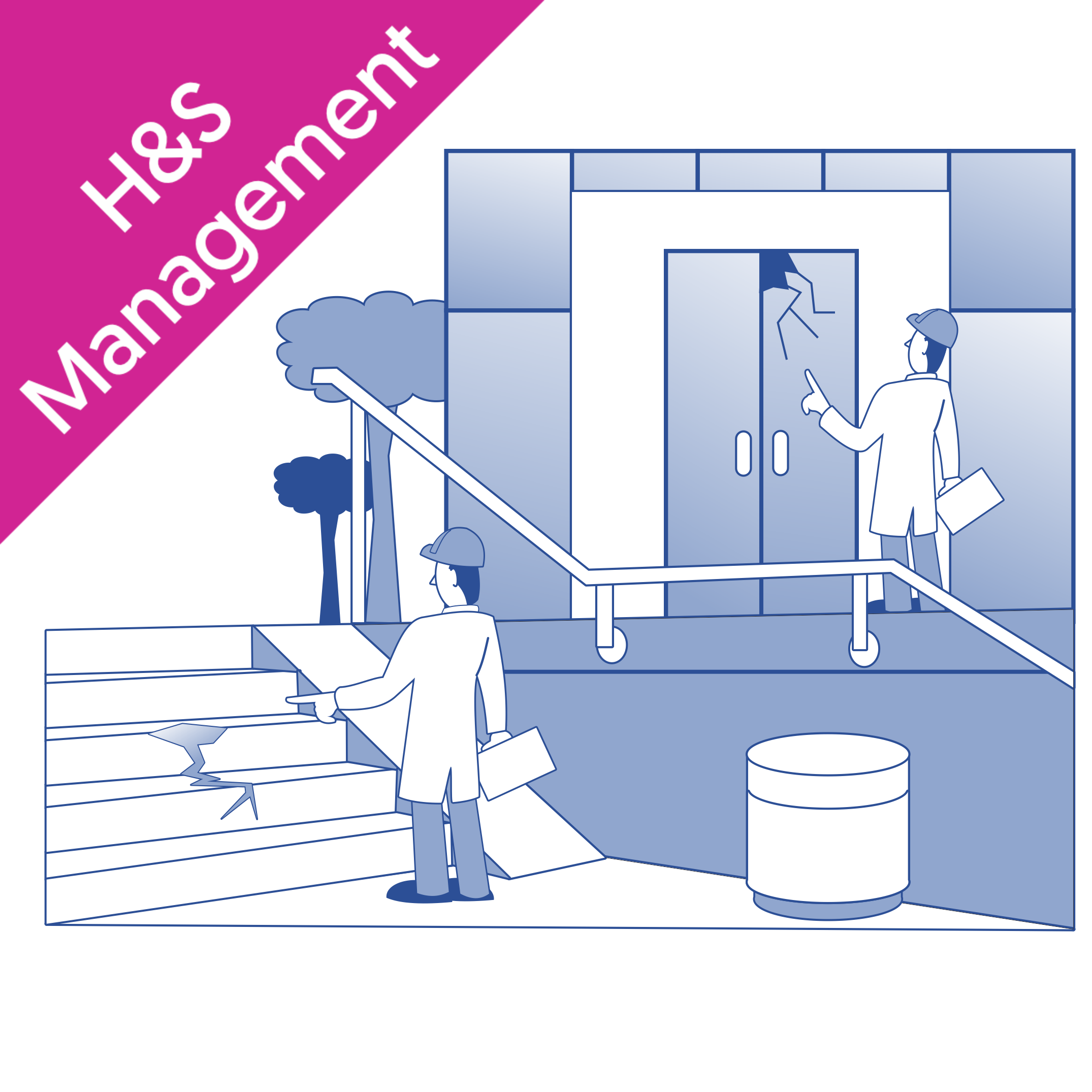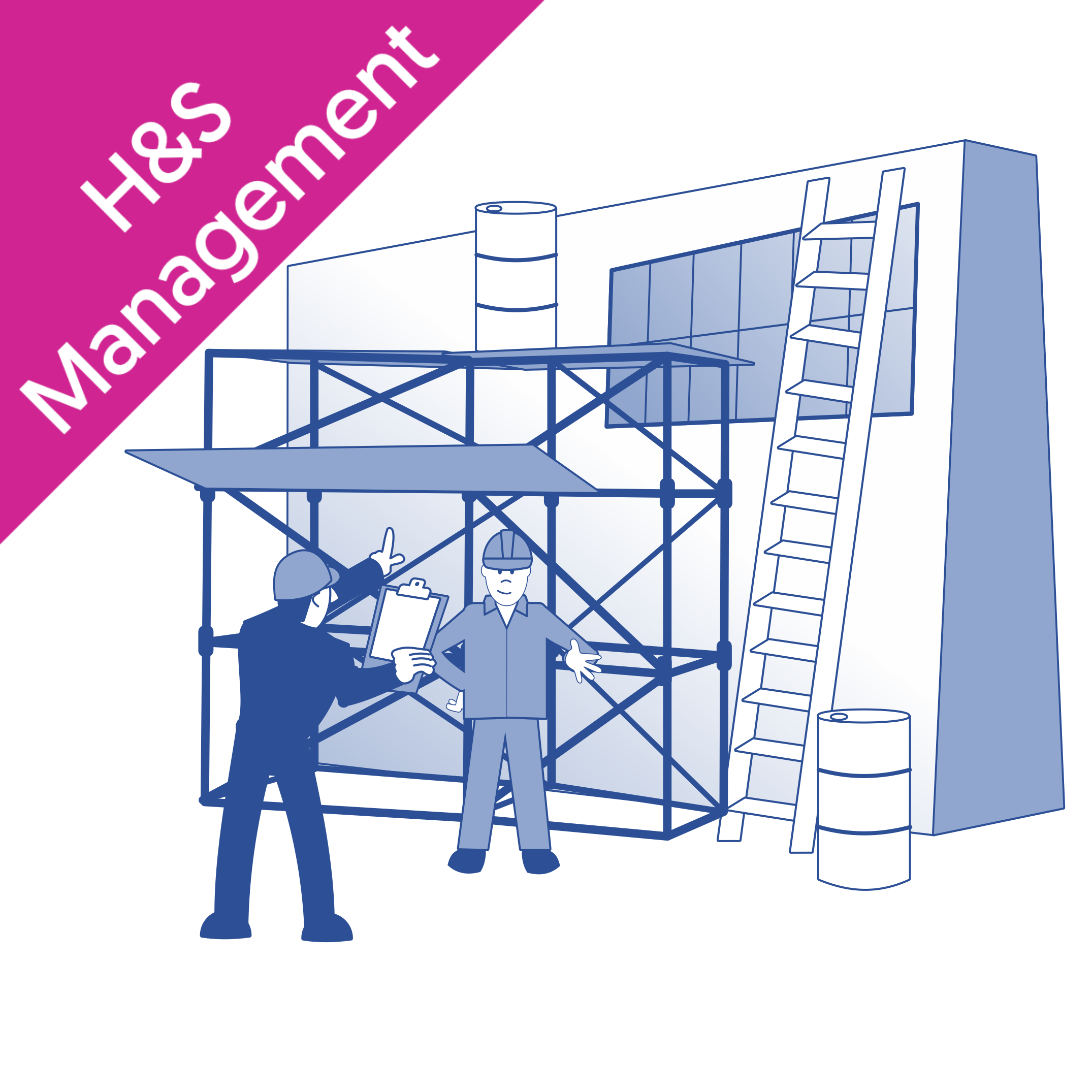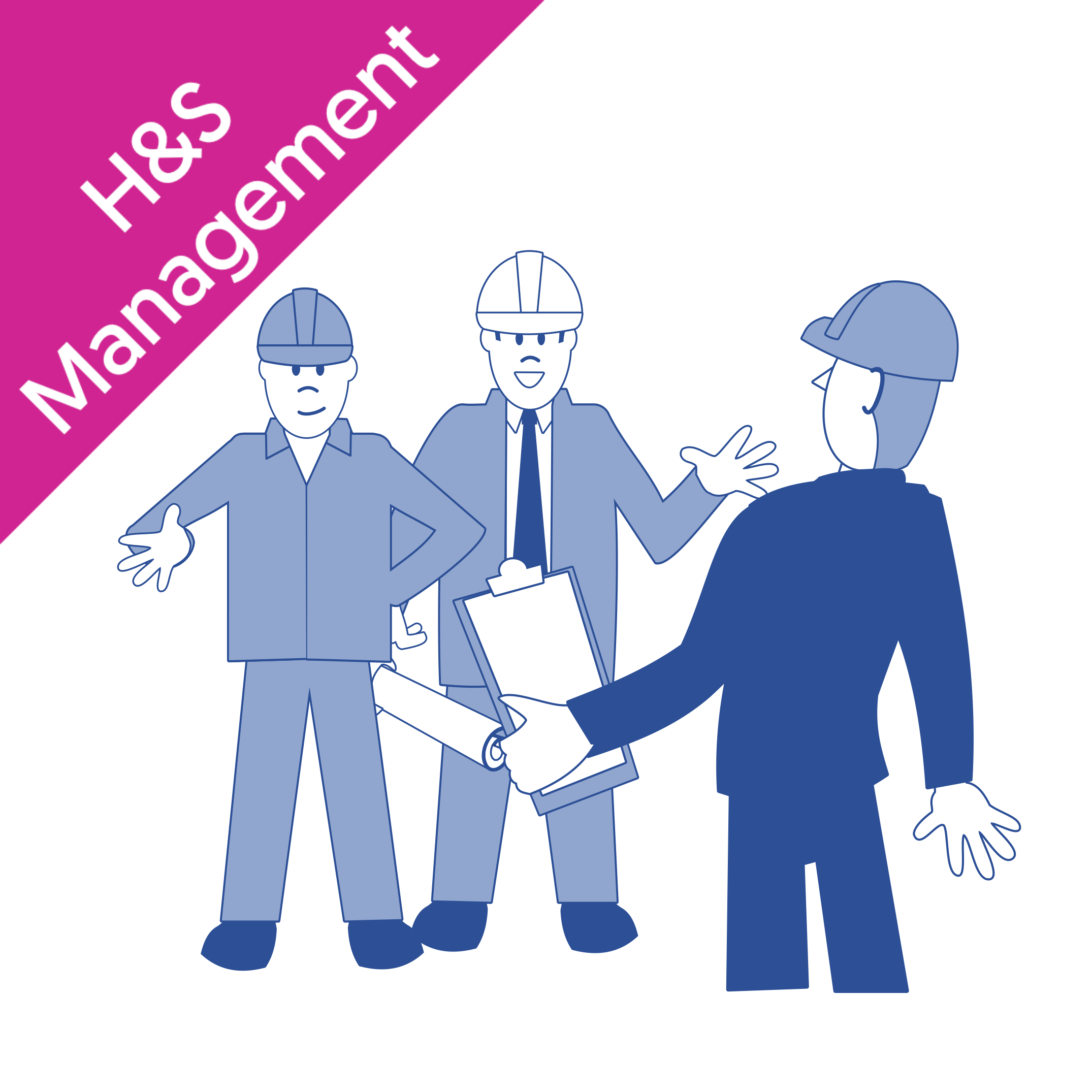Frequently asked questions about accident investigation
Workplace accidents are a severe issue in the UK, with over 40 million working days lost annually due to work-related accidents and illnesses.
When an accident does occur, it must be investigated to understand what went wrong and establish how to prevent similar events from occurring in the future.
This article will answer several frequently asked questions about accident investigation. For more information on how to carry out an accident investigation, click here to view our comprehensive guide to accident investigation.
What is an accident?
An accident is one of several different kinds of events that can take place in the workplace. It is any event that results in injury, ill health or damage, such as a pile of bricks falling and landing on someone’s head.
What is a near miss?
A near-miss incident is an event that did not cause harm, but had the potential to under different circumstances. For example, a pile of bricks falling but not hitting anyone is a near miss, because it had the potential to cause harm had a person been standing where they landed.
What is an undesired circumstance?
An undesired circumstance is a set of conditions that have the potential to cause personal injury or harm. For example, a pile of bricks stacked on an uneven raised surface is an undesired circumstance.
What is an incident?
Incident is a term used to describe any event or set of conditions that did not cause harm, but may have done under different circumstances. Any near miss or undesired circumstance is a form of incident.
What is an adverse event?
Adverse event is an umbrella term that encompasses all accidents and incidents, including near misses and undesired circumstances.
What causes adverse events?
Adverse events have many causes, all of which can be classified as:
Root causes
Underlying causes
Immediate causes
Root causes are the events or failings from which all others grow. They often appear unrelated to the adverse event itself and are usually some form of management, planning or an organisational issue, such as failing to complete a risk assessment correctly.
Underlying causes are unsafe acts or conditions that allow the adverse event to occur. Examples of this are:
Failing to carry out pre-start-up checks on machinery.
Failing to consider a hazard on a risk assessment.
Rushing work due to high production pressures.
Immediate causes are the most obvious reasons why an adverse event happens. For example, a piece of machinery may be missing a guard, which allowed a worker’s hand to come into contact with a blade, or there may have been a wet floor, which caused someone to slip.
An effective investigation should aim to establish what immediate, underlying and root causes led to an adverse event happening so that each of them can be controlled. It is especially important to control the underlying and root causes of an event because they often have the potential to cause a wide range of other, seemingly unrelated, adverse events.
Why investigate accidents?
As well as understanding what went wrong and how to prevent it from recurring, there are several benefits to investigating accidents. Firstly, following an accident investigation process can help an organisation demonstrate that they are operating within the law:
Regulation 5 of the Management of Health and Safety at Work Regulations 1999 requires employers to plan, organise, control, monitor and review their health and safety arrangements, and accident investigations form an essential part of this process.
Investigating an accident and taking action to prevent it from happening again demonstrates to a regulatory authority and court that an organisation has a positive attitude to health and safety.
The findings of an investigation will provide essential information for insurers in the event of a claim.
Also, investigations allow an organisation to find out a large amount of information that can help create a comprehensive risk assessment, including an understanding of:
How and why things went wrong.
How people can be exposed to substances or conditions that may affect their health.
How work is completed in practice, and any shortcuts or rule violations that regularly occur in the workplace.
The issues their risk control management system has, which will enable them to understand how it can be improved in the future.
Finally, health and safety investigations can help to:
Prevent the financial losses or property damage caused by disruption, stoppage, lost orders and the costs associated with legal action.
Improve employee morale and their attitude towards health and safety.
Improve the organisation's safety culture and overall safety performance.
Develop managerial skills that can be applied to other areas of the organisation.
What needs to be investigated?
All adverse events suggest an issue with existing risk control measures, so accident investigations should always be considered after any adverse event occurs.
Whether an investigation should take place and the level of investigation used will depend on the likelihood of the adverse event recurring and the potential consequences if it does.
Also, be aware that investigating near misses is as important as investigating accidents because it can prevent future accidents from happening altogether while being significantly easier to complete. This is because adverse events where no one has been harmed can be investigated without dealing with injured parties, a demoralised workforce, and the threat of legal or remedial action make witnesses more likely to be helpful and truthful.
What is the purpose of an investigation?
As previously mentioned, the causes of an adverse event can be split into three main categories: root, underlying and immediate causes.
The aim of a good investigation should be to identify the immediate, underlying and root causes of the incident, learn from them and implement controls to address them.
While identifying the immediate cause of an adverse event may provide a short-term fix, leaving the underlying or root causes unaddressed could cause even more severe events.
Let’s look at an example event: someone slipping on a patch of oil. The immediate cause of the event was the oil patch itself, and the underlying causes were inadequate maintenance, poor housekeeping, a lack of supervision and inadequate safety management. Ultimately, the root cause of this adverse event was senior management’s lack of commitment to health and safety.
While this accident could have been prevented by ensuring oil patches are always cleaned up promptly, taking steps to find the root cause and address it by improving management’s commitment to health and safety will help to prevent both this accident from recurring, and a wide range of other adverse events from occurring in the first place.
What is an accident investigation training course?
At Commodious, we offer several training courses that explore accident investigation training, risk management, and health and safety management in detail. To find out more about these courses, use the links below:
Accident Investigation training course
Risk Assessment






